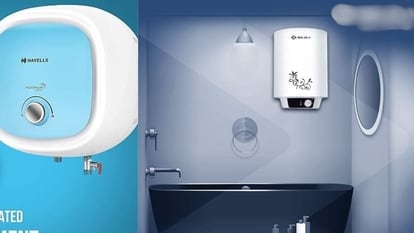NASA makes astonishing discovery! Poles on the Moon moved as much as 300 km
NASA has discovered that the poles on the Moon changed with time, the agency revealed in a recently published blog. Here’s what NASA said.
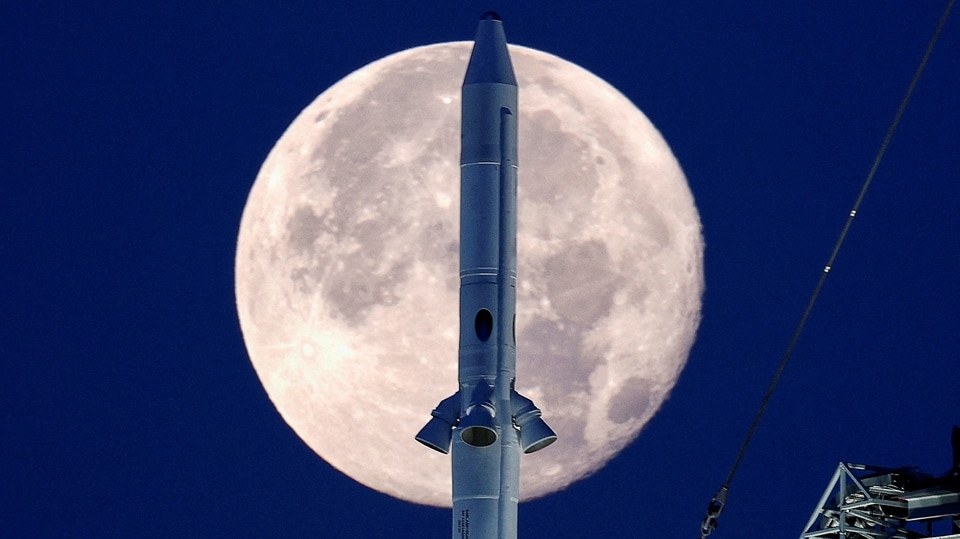
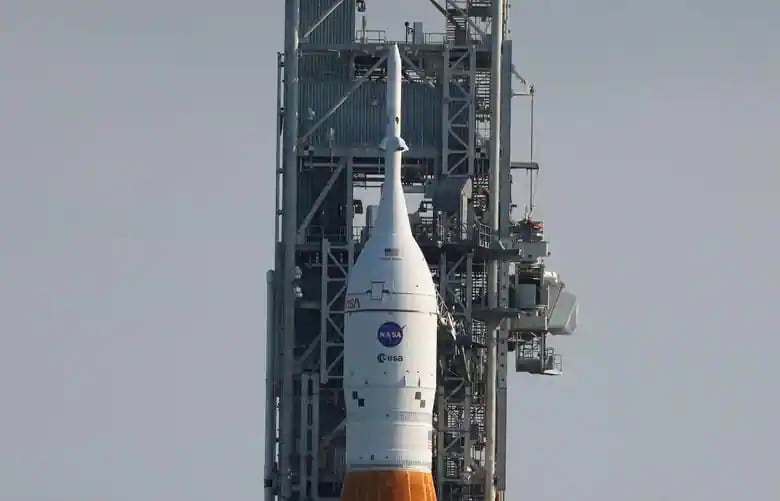

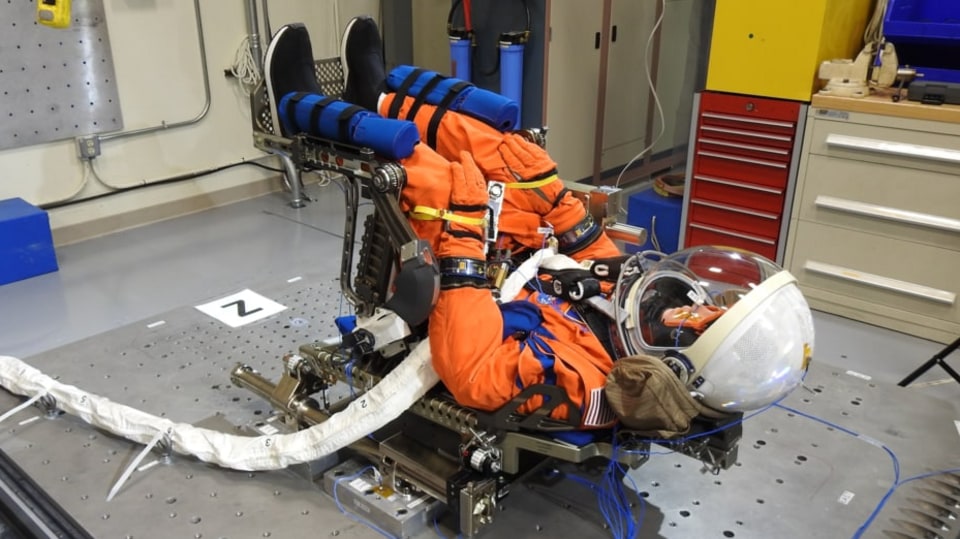
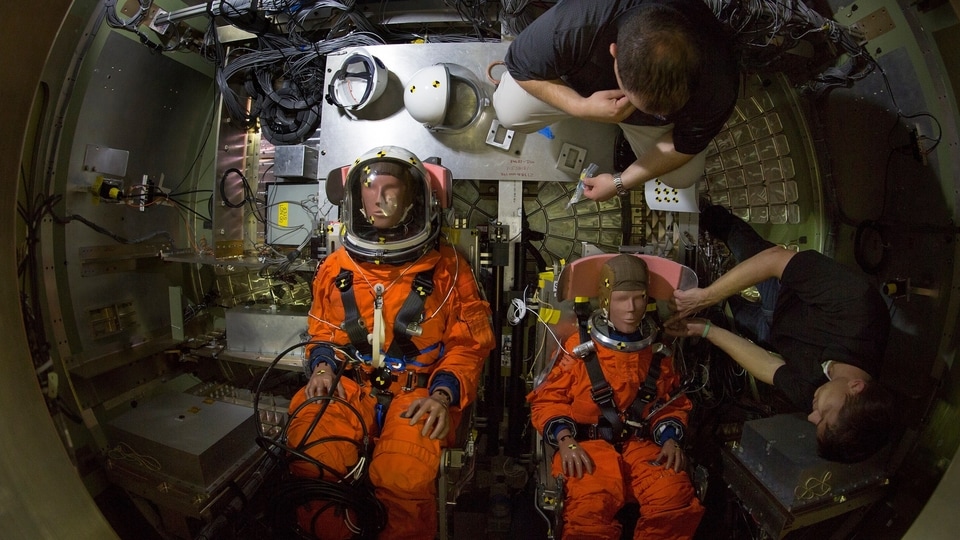

 View all Images
View all ImagesDid you know the Moon also has North and South poles, just like the Earth? NASA scientists have recently discovered that not only were the lunar poles were present billions of years ago, but they also moved over time. The Moon has vast craters on its surface from asteroid impacts over millions of years. These craters preserve the history which can help scientists study about the early years of our solar system. In a recent NASA blog, scientists have revealed that the lunar poles have actually moved over time.
A team of scientists at NASA's Goddard Space Flight Center in Greenbelt, Maryland conducted an amazing study to find out the lunar conditions billions of years ago. According to the blog, scientists used computer simulations to turn back the clock and remove thousands of craters from the Moon's surface, revealing what the Moon was nearly 4.2 billion years ago. They made an astonishing discovery when they found out that the Moon's North and South Poles moved a little over billions of years. The study has been published in the Planetary Science Journal.
Due to the constant bombardment of asteroids, the Moon moved a little distance over time. As a result, the Moon's poles shifted by a distance of 10 degrees in latitude, which is roughly 300 kilometers, calling it the “wandering” of the poles. Vishnu Viswanathan, NASA Goddard scientist who led the study said in the blog, “Based on the Moon's cratering history, polar wander appears to have been moderate enough for water near the poles to have remained in the shadows and enjoyed stable conditions over billions of years.”
Although a similar attempt to study the lunar conditions by removing craters has been tried before, only large craters were removed and the smaller ones were neglected. However, this team removed thousands of craters, big and small alike, from the lunar surface. Sander Goossens, a Goddard planetary scientist who was also involved in the study said in the NASA blog, “here are a few things that we haven't taken into account yet, but one thing we wanted to point out is those small craters that people have been neglecting, they actually do matter, so that is the main point here.”
Catch all the Latest Tech News, Mobile News, Laptop News, Gaming news, Wearables News , How To News, also keep up with us on Whatsapp channel,Twitter, Facebook, Google News, and Instagram. For our latest videos, subscribe to our YouTube channel.





























